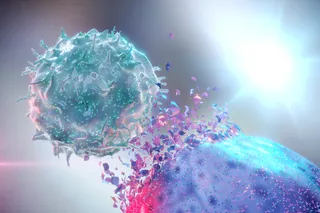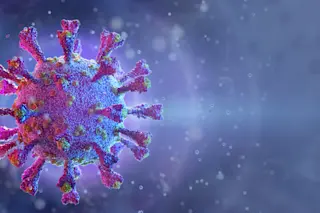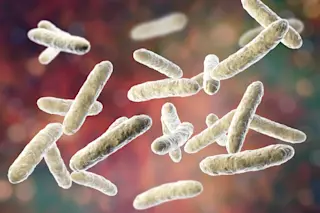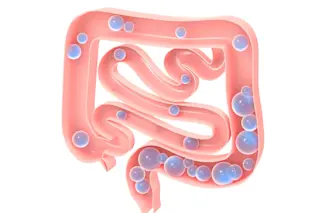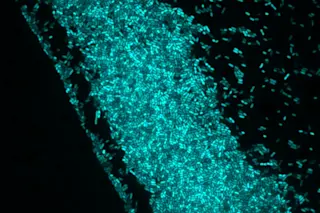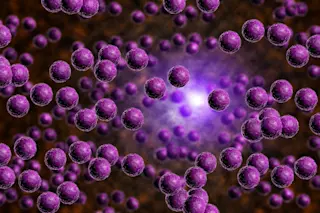Illness-inducing bacteria, meet nano-engineered cotton--and a quick death. Researchers have created a new "filter" that zaps bacteria with electric fields to clean drinking water. They say their system may find use in developing countries since it requires only a small amount of voltage (a couple of car batteries, a stationary bike, or a solar panel could do the job) and cleans water an estimated 80,000 times faster than traditional devices. Instead of trapping bacteria in small pores like many slow-going traditional filters, the cotton and silver nanowire combo uses small electric currents running through the nanowires to kill the bacteria outright. In a paper to appear in the journal Nano Letters researchers say that 20 volts and 2.5 inches worth of the material killed 98 percent of Escherichia coli in the water they tested in their lab setup. The authors argue that the filter's silver nanowires and carbon nanotubes are ...
Nanowire-Coated Cotton Cleans Water by Zapping Bacteria to Death
Discover how nano-engineered cotton zaps bacteria in water, promising clean drinking water with low voltage solutions.
More on Discover
Stay Curious
SubscribeTo The Magazine
Save up to 40% off the cover price when you subscribe to Discover magazine.
Subscribe


